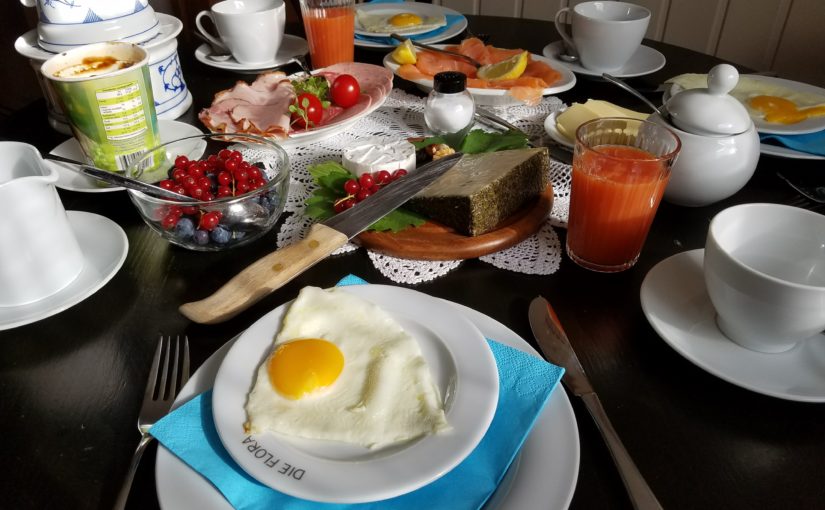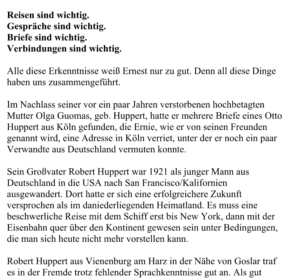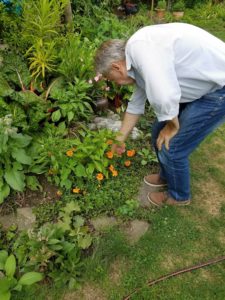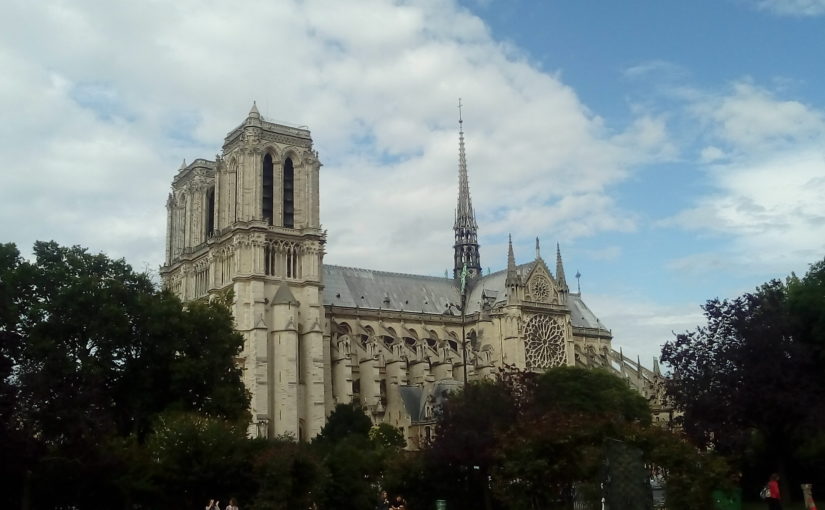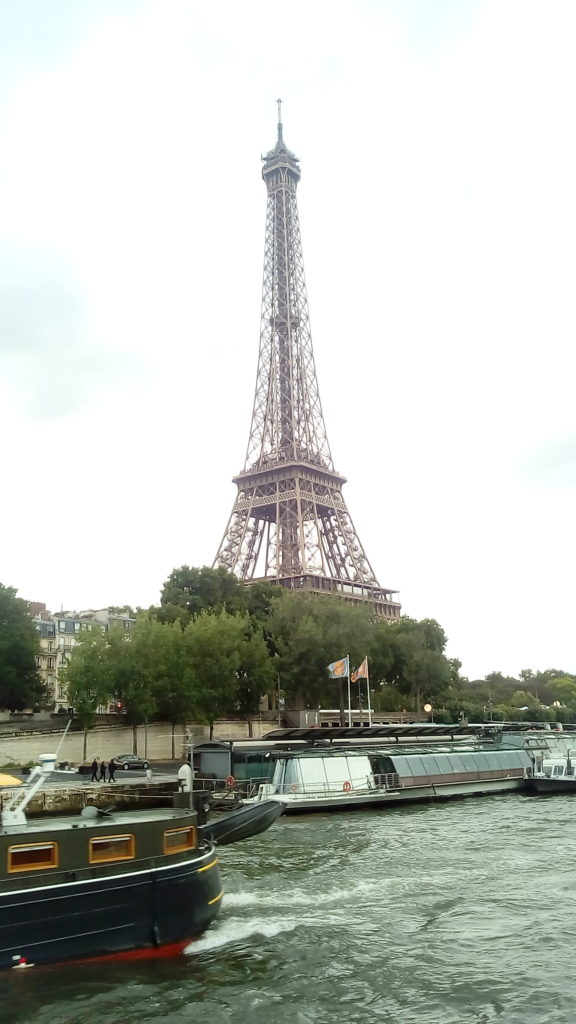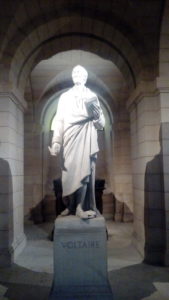Started two weeks ago, the Japanese language classes in International Christian University have been teaching me a lot. At the beginning of the class, I was placed at C4 level through the placement exam, a level that was higher than I expected. While I have only studied Japanese for one year, I was shocked to see myself in the same class with my friends who studied for two years. Although with the benefit of being a Chinese I felt okay with understanding kanji, the grammar part imposed lots of challenges on me.
Initially when I thought about taking this summer school, I wanted to study at ease and experience lots of interesting places around Tokyo. However, to keep up with this class, I had to pay extra time studying many grammar points that I missed on my own. It was not easy at all. Seeing my friends posting photos of beautiful places and foods, I almost decided to drop to a lower level. However, there was a voice in my mind which kept telling me to try the harder one. I knew I was the type of person who struggles a lot when making decisions and I always liked to make myself too busy. So while my mind was telling me to stop, my heart urged me to keep going.
Since these options were all over my mind I asked many friends and teachers’ opinions and they held different opinions. Finally I made up my mind to at least have a try. I used the first weekend to do selfstudy instead of going out with friends and I made an agreement with my professors that I would stay in C4 if I felt comfortable with the progress. As a result, I persisted in C4 and this week I think I have almost caught up with the class progress. With more confidence, I enjoyed learning new materials which also helped my reviewing the parts that I missed.
Reflecting back to this whole struggle, I feel glad that I pushed myself by taking the challenge. Actually it might also not be a bad idea to change into C3, but at least I learned that no one can make the decision for me. I need to take responsibility of myself and face the result without regret. I am still not sure how my grade will look like, but I think it is less important than being able to learn more knowledge.
Now I am feeling more comfortable with the class, I began to enjoy aspects of Japanese life. For the second weekend I went shopping, ate at restaurants and even watched a Japanese movie with no subtitles. (And surprisingly I understood most plots!) In addition, I went up Roppongi-hills and saw the Tokyo city view at night. Looking at this beautiful city lit up everywhere, I identified many areas I wanted to explore. And I know someday I will have all the interesting experiences with good Japanese skill. がんばってください!
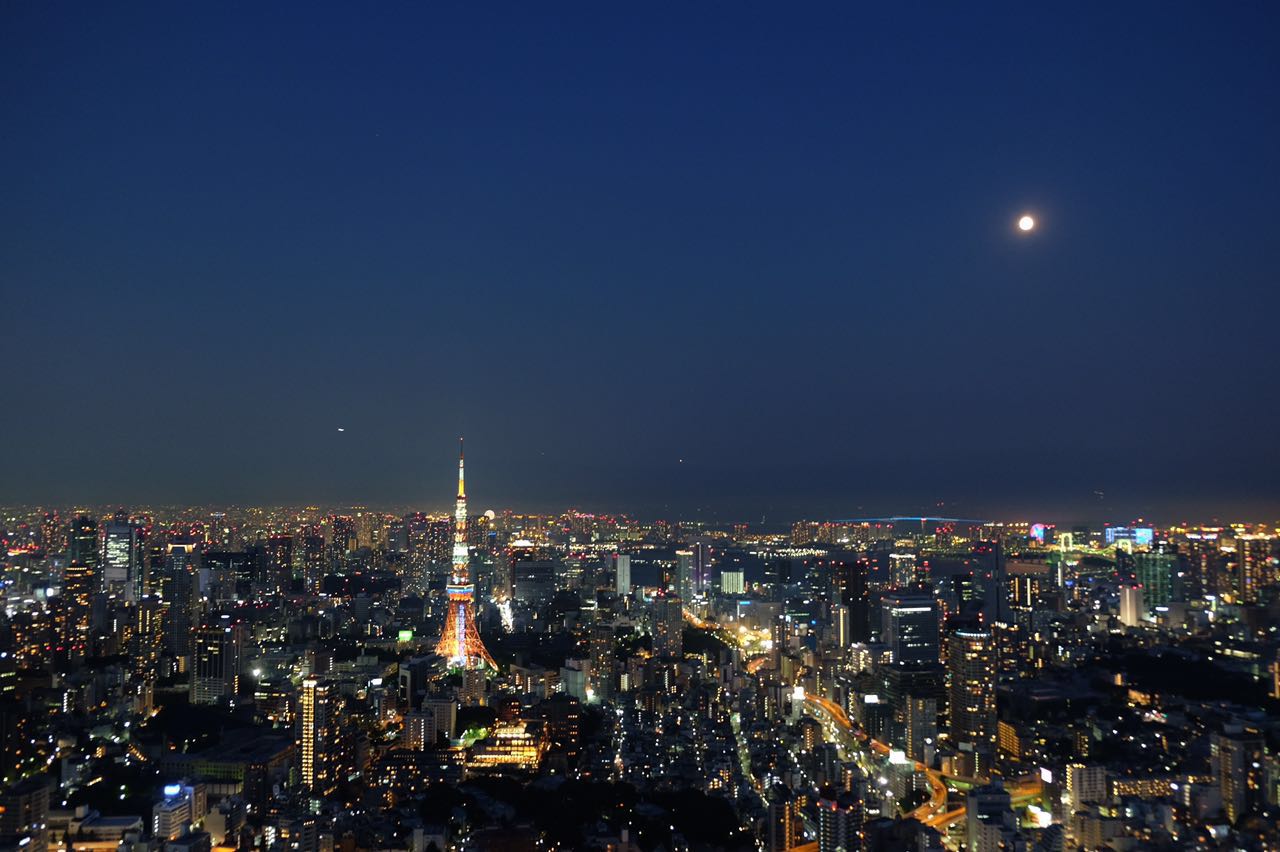
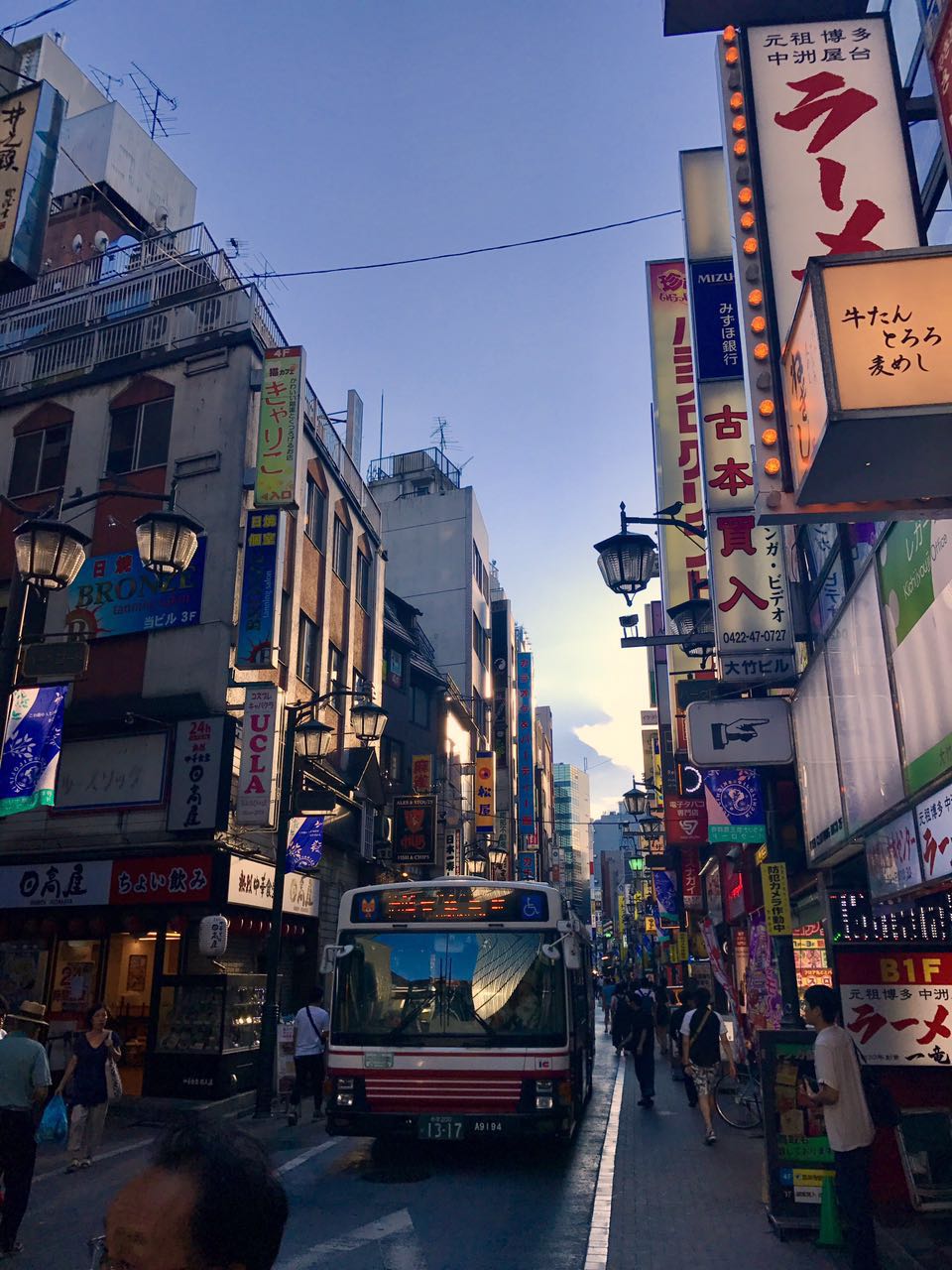
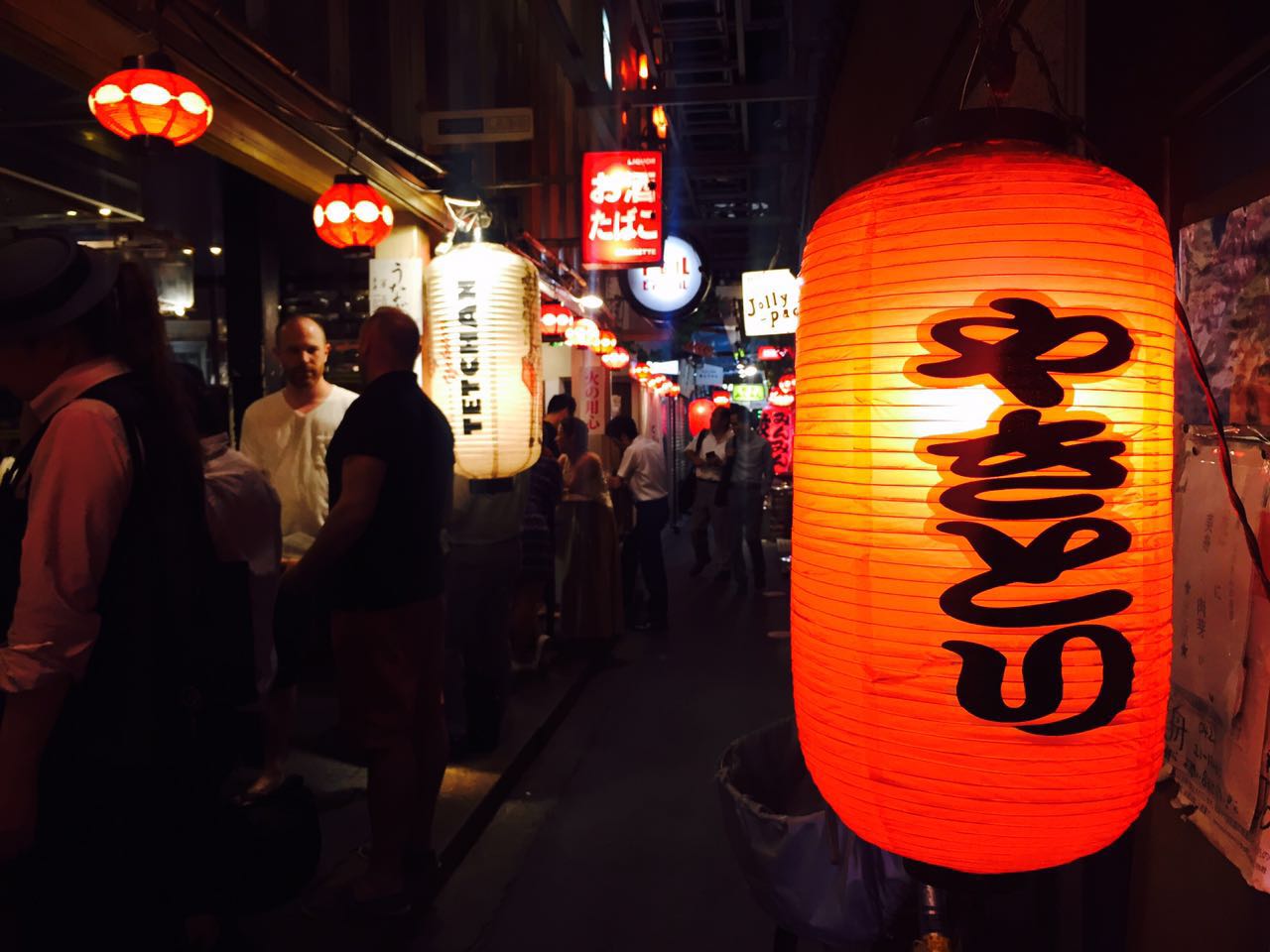
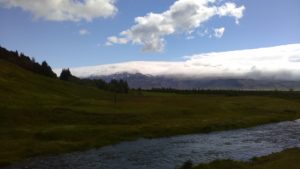 Remember the doomed man thrown by his horse and crying: ‘Beautiful is the hillside, I will not go.’; The old woman confessing: ‘He that I loved the Best, to him I was worst.’
Remember the doomed man thrown by his horse and crying: ‘Beautiful is the hillside, I will not go.’; The old woman confessing: ‘He that I loved the Best, to him I was worst.’ These verses by W.H. Auden reflect the reverberation of Iceland’s medieval literature into modern literary consciousness. The “doomed man” is Gunnar, a character in Njáls Saga, who is sentenced to outlawry and told to leave Iceland or else risk being killed. He is on his way fro his homestead when his horse trips and he looks back on his land, deciding that he cannot leave after all. This decision to stay inevitably results in his death. The “old woman” from the verses is Gudrun, heroine of Laxdæla Saga, who marries four times over the course of her life. Near the end of her life her son asks her which man she loved most, and she gives no name but answers with the cryptic lines quoted above. Students of Old Norse literature have been debating whom she loved most ever since! In fact, at a Old Norse dinner series at Notre Dame last semester, colleagues and I debated this very question!
These verses by W.H. Auden reflect the reverberation of Iceland’s medieval literature into modern literary consciousness. The “doomed man” is Gunnar, a character in Njáls Saga, who is sentenced to outlawry and told to leave Iceland or else risk being killed. He is on his way fro his homestead when his horse trips and he looks back on his land, deciding that he cannot leave after all. This decision to stay inevitably results in his death. The “old woman” from the verses is Gudrun, heroine of Laxdæla Saga, who marries four times over the course of her life. Near the end of her life her son asks her which man she loved most, and she gives no name but answers with the cryptic lines quoted above. Students of Old Norse literature have been debating whom she loved most ever since! In fact, at a Old Norse dinner series at Notre Dame last semester, colleagues and I debated this very question!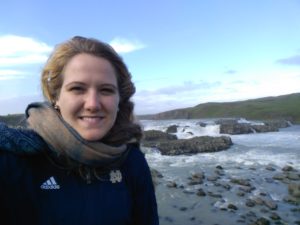
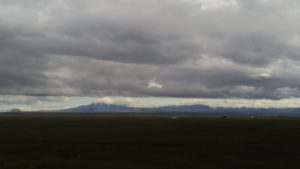
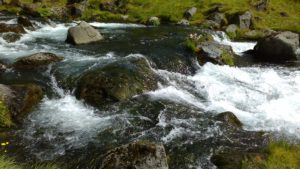 As I am beginning to wrap up my time in Iceland, I’m thinking about how I will continue to study Modern Icelandic when I return to the States. I’m really happy with the progress I’ve made whilst here, and I don’t want to lose momentum. I hope to come back in the not-too-distant future to continue my language study. In the meantime, I’m developing a strategy to keep me from forgetting what I have learned. While it would be quite challenging to find speakers of Icelandic nearby, I am planning on continue my language study by:
As I am beginning to wrap up my time in Iceland, I’m thinking about how I will continue to study Modern Icelandic when I return to the States. I’m really happy with the progress I’ve made whilst here, and I don’t want to lose momentum. I hope to come back in the not-too-distant future to continue my language study. In the meantime, I’m developing a strategy to keep me from forgetting what I have learned. While it would be quite challenging to find speakers of Icelandic nearby, I am planning on continue my language study by: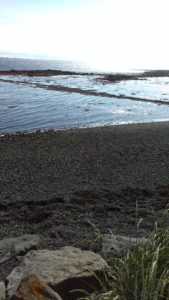
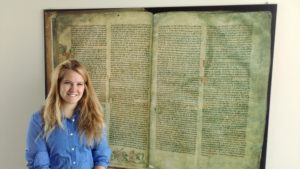
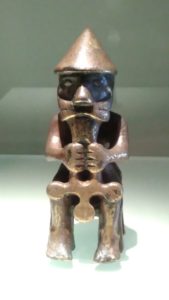
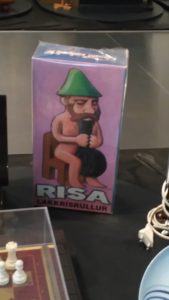
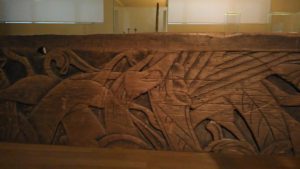
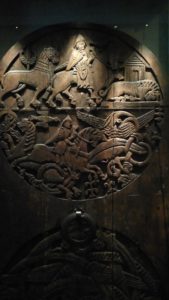
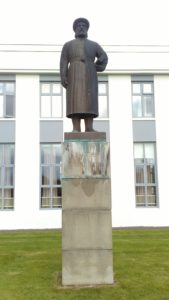
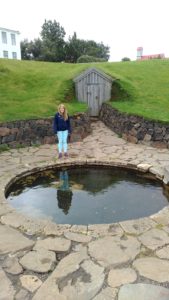
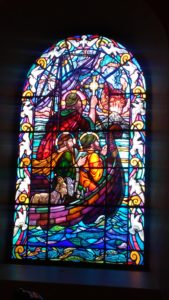
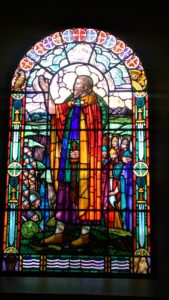
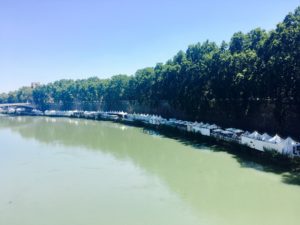
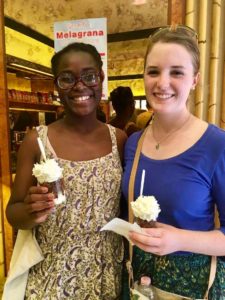
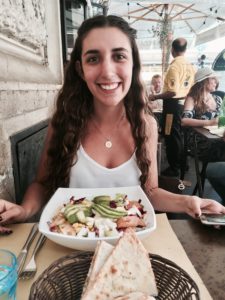
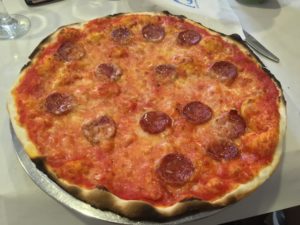
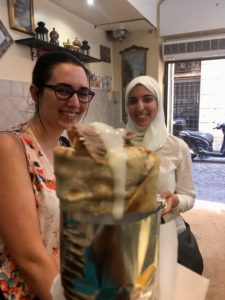
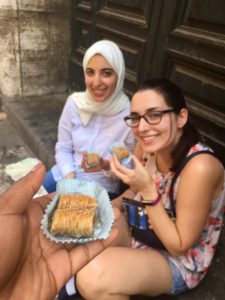



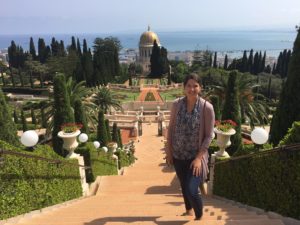
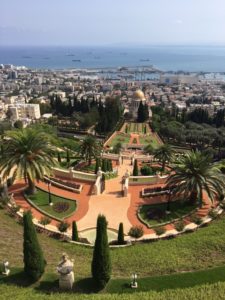
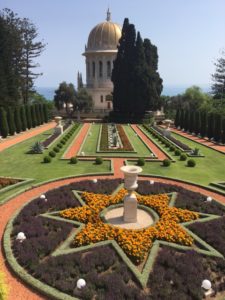
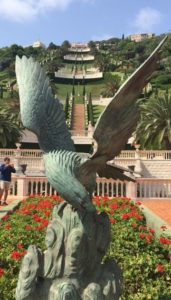 objects within the shrine itself since it is just a place for personal prayer and meditation. There are beautiful statues of peacocks and hawks as well as star patterns throughout the gardens but these have no religious significance. The Baha’i emphasize beauty through symmetry as a means of preparing oneself for prayer. They do pray in the direction of Acre, where the prophet Baha’u’llah is buried.
objects within the shrine itself since it is just a place for personal prayer and meditation. There are beautiful statues of peacocks and hawks as well as star patterns throughout the gardens but these have no religious significance. The Baha’i emphasize beauty through symmetry as a means of preparing oneself for prayer. They do pray in the direction of Acre, where the prophet Baha’u’llah is buried.